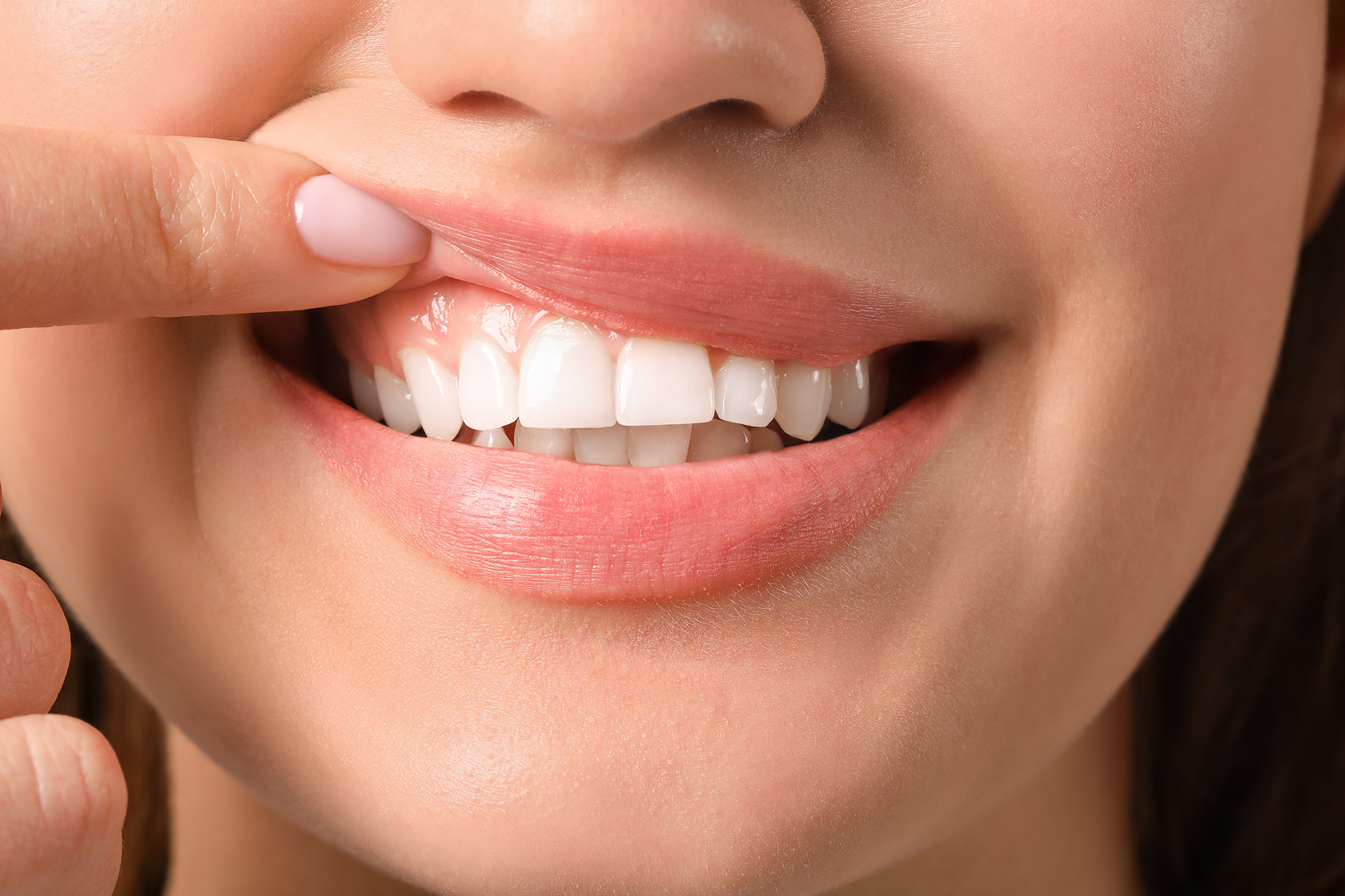
Periodontal or gum disease causes bone loss around teeth, which can increase the chances for tooth loss. Once a tooth has been lost, the supporting jaw bone has a tendency to disappear over time. This may make wearing dentures uncomfortable, and insufficient bone can render placing dental implants impossible.
Periodontal or gum disease causes bone loss around teeth, which can increase the chances for tooth loss. Once a tooth has been lost, the supporting jaw bone has a tendency to disappear over time. This may make wearing dentures uncomfortable, and insufficient bone can render placing dental implants impossible. However, a doctor can provide simple techniques that are now available to regrow lost bone, provide support for dental implants, or to improve the esthetics beneath a fixed bridge.
Guided tissue bone regeneration does not always require the removal of bone from any other part of the body. Instead, doctors offer many options that use membrane barriers, tissue stimulating proteins, or bioactive growth factor gels. Occasionally, bone grafting procedures are required. Bone grafts can be from your own bone, tissue banks, or synthetic materials. The goal of each of these treatment options is to stimulate the body to grow new bone or to hold the space for the bone to regenerate into.